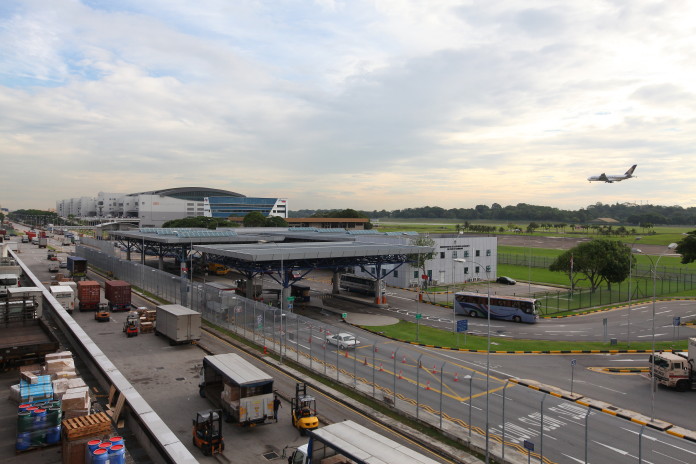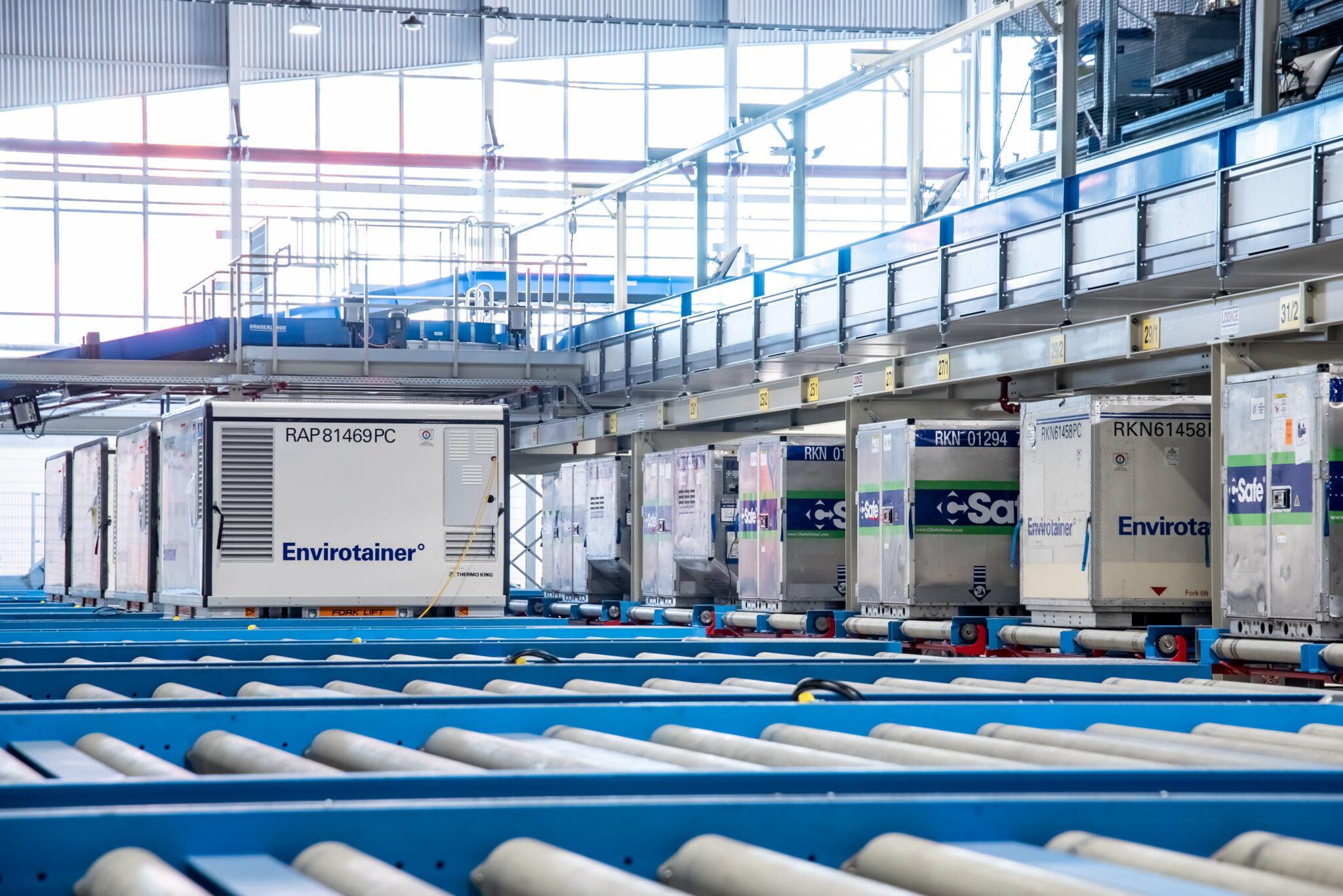

A 10-year growth strategy aimed at offering greater handling capacity and securing Singapore’s Changi Airport’s position as a key airfreight hub will deliver a new mega aviation estate by the mid-2020s.
The development of Changi East – which includes a brand new Terminal 5 and industry zone to support airfreight and air express services – demonstrates Changi Airport Group’s (CAG) commitment to leveraging maximum advantage from Singapore’s strategic location in the heart of southeast Asia.
“With economic development and the opening up of trade within Asia, CAG expects stronger growth in air cargo traffic in the years ahead,” says James Fong, (pictured below) assistant vice president for cargo and logistics development at CAG. “As the leading air cargo hub of the region we are well-placed to meet increased demand for intra-Asia airfreight services with our excellent connectivity, service reliability and efficiency.”
Changi handled some 1.8 million tonnes of cargo in 2014 and, as well as expanding the airport’s connectivity through a strong portfolio of airlines and city links, CAG will continue to work with partners to develop infrastructure and handling capabilities to diversify its cargo base and build resilience into its cargo performance.
“CAG has been actively developing cargo segments in pharmaceuticals and perishables in recent years and will continue to do so,” adds Fong. “Other niche segments, such as express cargo, are focus areas that CAG will pursue. For example, DHL Express announced earlier this year that it will be investing $140 million to expand its South Asia hub in Singapore to serve the region even more extensively.”
Fong is also realistic when it comes to considering future challenges. “Now, with better supply chain planning, companies who used to transport their products by airfreight are finding other viable solutions to transport products by sea, land, or a combination of both,” he says.
“As a key player in the region’s airfreight industry, Changi will strive to forge closer partnerships with carriers, air cargo agents and other stakeholders, to identify emerging cargo markets and continue to strengthen our handling capabilities as well as improve our efficiency.”
To combat challenging conditions, CAG has rolled out a number of incentives and relief measures to better support its air cargo partners. In the cargo sector a 50 per cent landing fee rebate for scheduled freighter operations has been extended to 30 September, following which the rebate will be adjusted to 30 per cent until 31 March 2016.
Separately, incentives for cargo agents leasing CAG’s cargo facilities at the Changi Airfreight Centre have also been extended to 31 March next year with airlines receiving a 50 per cent aircraft parking fee rebate up to 31 March 2017.
“Together, the various measures offer support to airlines and ground handlers amid challenging business conditions, while strengthening the competitiveness of the Changi air hub,” says Fong.
“Despite the challenges faced by major economies, CAG is confident of traffic volume increasing in the long run in line with the growth of trade between the Association of Southeast Asia Nations (ASEAN) and Europe. The shift of manufacturing from north Asia to our hinterland ASEAN will spur airfreight activities in the region which will be beneficial to Changi.”
The first five months of 2015 saw CAG cargo shipments rise slightly by 0.7 per cent to 760,900 tonnes, driven driven by growth in imports and transhipments across Changi’s top five markets – China, Australia, Hong Kong, US and Indonesia – which collectively account for 46 per cent of all cargo movements.
In Singapore the Ministry of Trade and Industry is forecasting moderate GDP growth of between two and four per cent in 2015. “As with the rest of the industry, Changi’s cargo performance tends to move in tandem with global and regional trends,” adds Fong.
“Based on the feedback from our cargo partners, growth is expected to continue at Changi for 2015, mainly fuelled by the north east Asia and south west Pacific markets. We have also observed growth in niche cargo segments and markets, such as pharmaceuticals and perishables, and these are opportunities where we will continue to develop with our partners.
“We continue to be focused on expanding Changi’s connectivity and forging partnerships with airlines to better manage the fragility of the industry. In addition, we will continue to work with partners to develop high-yield niche segments to lay the foundations for sustainable growth over the long term.”












